

Hexagon bolts, often simply called hex bolts, are fasteners with a six-sided head used to join materials. Their design allows for easy wrenching from multiple angles, making them versatile for various applications. This guide delves into the specifications, materials, applications, and standards associated with hexagon bolts, providing a thorough understanding for both professionals and DIY enthusiasts.What are Hexagon Bolts?A hexagon bolt is a type of threaded fastener characterized by its hexagonal head. It is designed to be tightened or loosened using a wrench or socket. The 'bolt' designation implies that it is intended to be used with a nut to clamp materials together. Hexagon bolts are available in a wide variety of sizes, materials, and finishes, making them suitable for a vast range of applications.Key Features of Hexagon Bolts Six-Sided Head: Provides multiple angles for wrench engagement. Threaded Shank: Allows for secure fastening with a nut or tapped hole. Variety of Materials: Available in steel, stainless steel, alloy steel, and more. Various Sizes: Standard and metric sizes available.Types of Hexagon BoltsDifferent types of hexagon bolts cater to specific needs and applications. Here are some common types:Standard Hexagon BoltsThe most common type, used for general-purpose fastening. They are available in various grades and finishes. Visit Hebei Muyi Import&Export Trading Co.,Ltd for a wide selection.Structural Hexagon Bolts (A325 & A490)Designed for high-strength connections in structural steel applications. A325 bolts are made from medium carbon steel, while A490 bolts are made from alloy steel and offer higher strength.Flange Hexagon BoltsThese bolts have a built-in flange under the head, distributing the load over a larger area and eliminating the need for a separate washer.Carriage BoltsWhile technically not purely hexagon bolts, they often feature a hexagonal shoulder under the round head, preventing rotation once installed. These are frequently used in woodworking and applications where aesthetics are important.Materials Used in Hexagon BoltsThe material of a hexagon bolt significantly impacts its strength, corrosion resistance, and suitability for specific environments.SteelCarbon steel hexagon bolts are a cost-effective option for general-purpose applications. Different grades of steel offer varying tensile strengths.Stainless SteelStainless steel hexagon bolts offer excellent corrosion resistance, making them ideal for outdoor applications and environments exposed to moisture or chemicals. Common grades include 304 and 316 stainless steel.Alloy SteelAlloy steel hexagon bolts provide high strength and are often used in demanding applications where strength and durability are crucial. They are often heat-treated to further enhance their properties.BrassBrass hexagon bolts offer good corrosion resistance and are often used in electrical applications due to their conductivity.Sizes and Dimensions of Hexagon BoltsHexagon bolts are available in both metric and imperial (inch) sizes. Understanding the dimensions is crucial for selecting the correct bolt for your application.Metric Hexagon Bolt SizesMetric hexagon bolts are designated by the letter 'M' followed by the nominal diameter in millimeters (e.g., M6, M8, M10). The thread pitch is also specified (e.g., M8 x 1.25). Common metric sizes range from M3 to M36 and beyond.Imperial (Inch) Hexagon Bolt SizesImperial hexagon bolts are designated by their nominal diameter in inches (e.g., 1/4', 3/8', 1/2'). The thread count is specified in threads per inch (TPI) (e.g., 1/4'-20). Common inch sizes range from 1/4' to 1' and larger.Key Dimensions to Consider Diameter: The nominal diameter of the bolt's threaded shank. Length: The distance from under the head to the end of the threaded portion. Head Width: The distance across the flats of the hexagon head. Thread Pitch: The distance between adjacent threads.Applications of Hexagon BoltsHexagon bolts are used in a diverse array of applications across various industries.ConstructionUsed for fastening structural steel, timber, and other building materials.AutomotiveUsed in engine assembly, chassis construction, and various other automotive components.ManufacturingUsed in the assembly of machinery, equipment, and fabricated products.InfrastructureUsed in bridges, pipelines, and other infrastructure projects.DIY and Home ImprovementUsed for a wide range of projects, from furniture assembly to general repairs.Standards and SpecificationsSeveral standards govern the manufacturing and performance of hexagon bolts, ensuring quality and consistency.ASTM Standards ASTM A307: Standard Specification for Carbon Steel Bolts, Studs, and Threaded Rod 60000 PSI Tensile Strength. ASTM A325: Standard Specification for Structural Bolts, Steel, Heat Treated, 120/105 ksi Minimum Tensile Strength. ASTM A490: Standard Specification for Structural Bolts, Alloy Steel, Heat Treated, 150 ksi Minimum Tensile Strength.ISO Standards ISO 4014: Hexagon bolts - Product grades A and B. ISO 4017: Hexagon head screws - Product grades A and B.DIN Standards DIN 931: Hexagon Head Cap Screws with Partial Thread. DIN 933: Hexagon Head Cap Screws with Full Thread.Choosing the Right Hexagon BoltSelecting the appropriate hexagon bolt requires careful consideration of several factors:Material CompatibilityEnsure the bolt material is compatible with the materials being joined to prevent corrosion or galvanic reactions. Stainless steel is a good choice for dissimilar metals.Strength RequirementsSelect a bolt with sufficient tensile strength for the intended application. Consult relevant standards and engineering guidelines.Environmental ConditionsConsider the environmental conditions to which the bolt will be exposed. Stainless steel or coated bolts are recommended for corrosive environments.Size and DimensionsChoose the correct size and dimensions to ensure a proper fit and secure fastening. Measure accurately and consult dimensional tables.Tightening TorqueApplying the correct tightening torque is crucial for achieving optimal clamping force and preventing bolt failure. Use a torque wrench and consult torque charts for specific bolt sizes and materials.Importance of TorqueToo little torque can result in loose connections, while too much torque can lead to bolt stripping or breakage.Torque ChartsTorque charts provide recommended torque values for various bolt sizes, materials, and thread types. These charts are available from fastener manufacturers and engineering resources.Where to Buy Hexagon BoltsHexagon bolts can be purchased from various sources:Hardware StoresLocal hardware stores typically stock a basic selection of hexagon bolts in common sizes and materials.Industrial SuppliersIndustrial suppliers offer a wider range of hexagon bolts, including specialty types and materials. Consider Hebei Muyi Import&Export Trading Co.,Ltd for your industrial fastener needs.Online RetailersOnline retailers provide a convenient way to purchase hexagon bolts from the comfort of your home or office. Be sure to check the seller's reputation and product specifications.ConclusionHexagon bolts are essential fasteners used in countless applications. Understanding their types, materials, sizes, standards, and applications is crucial for selecting the right bolt for your specific needs. Whether you're a professional engineer or a DIY enthusiast, this comprehensive guide provides the knowledge necessary to make informed decisions about hexagon bolts. Remember to prioritize quality and safety when working with fasteners to ensure reliable and long-lasting connections.Disclaimer: The information provided in this article is for general informational purposes only and does not constitute professional advice. Always consult with a qualified engineer or fastener specialist for specific applications. Sources:* ASTM International: https://www.astm.org/* ISO: https://www.iso.org/

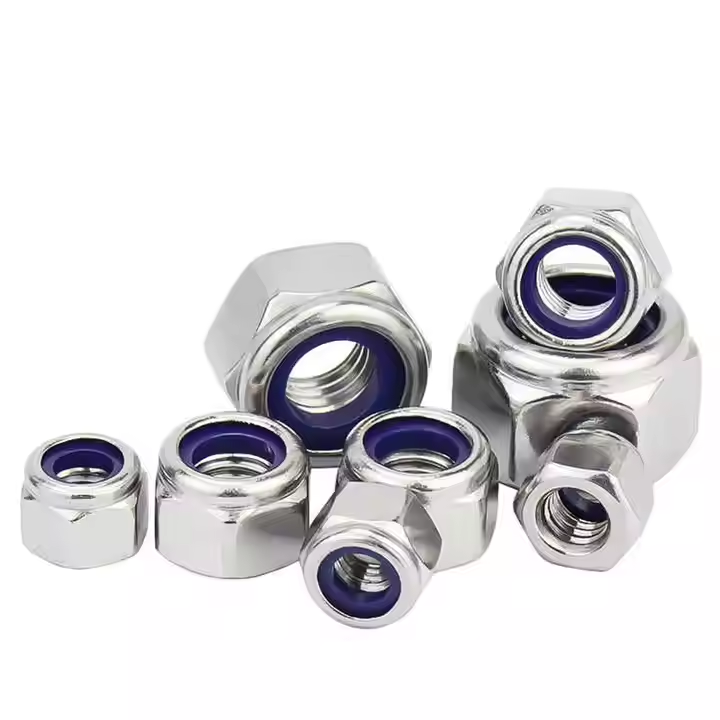



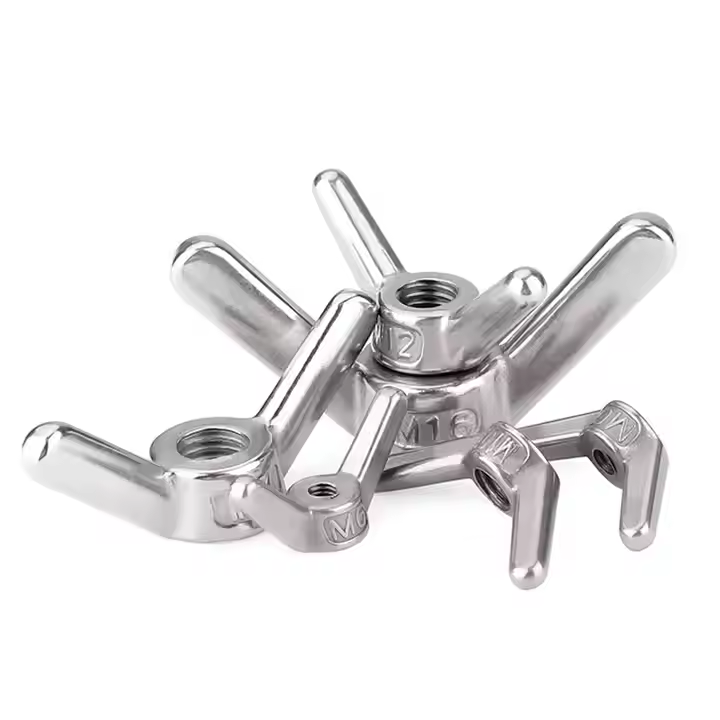
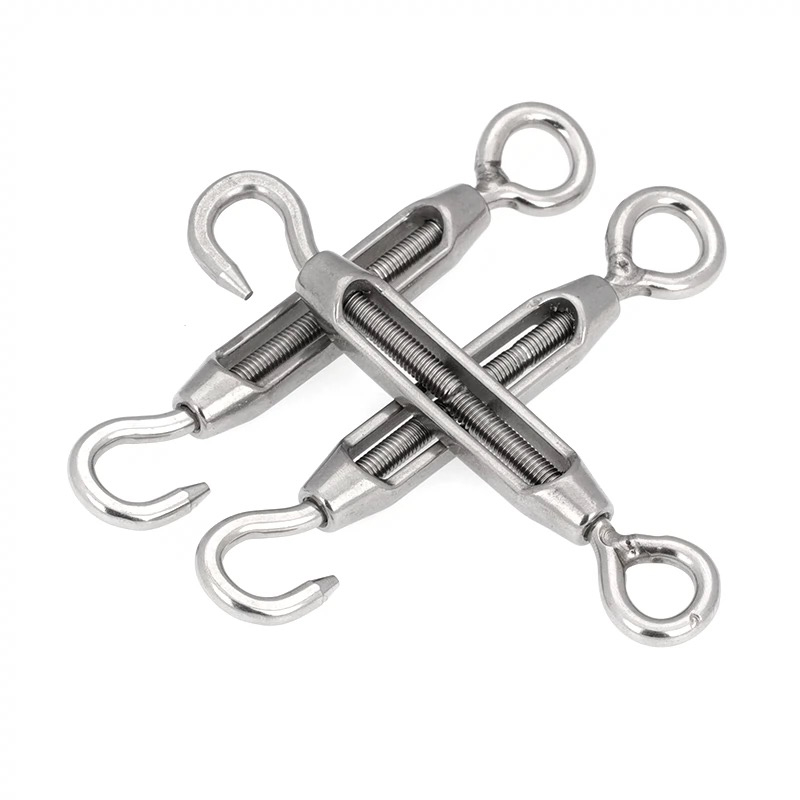
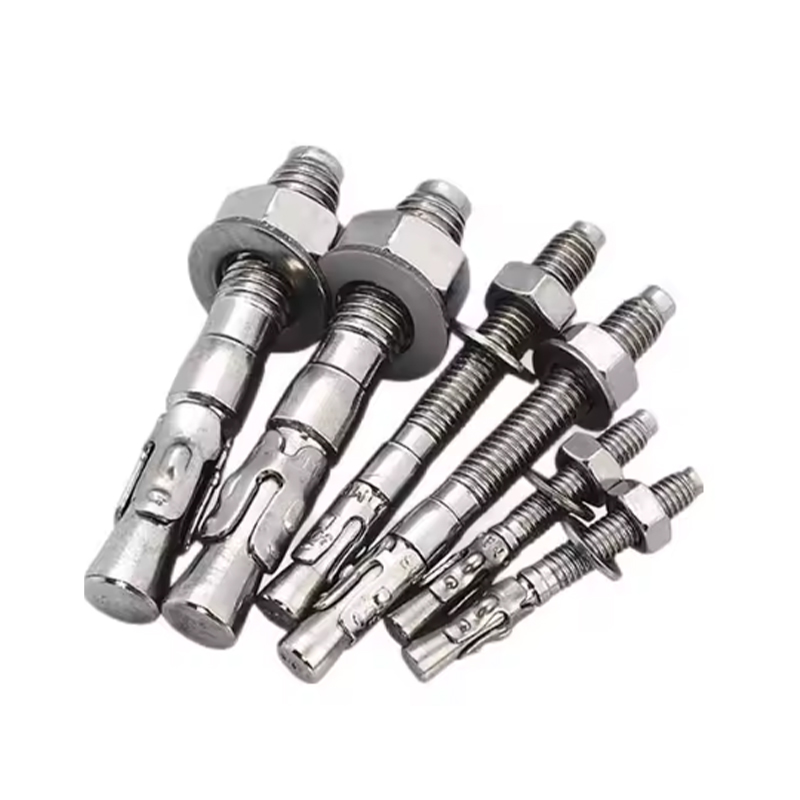
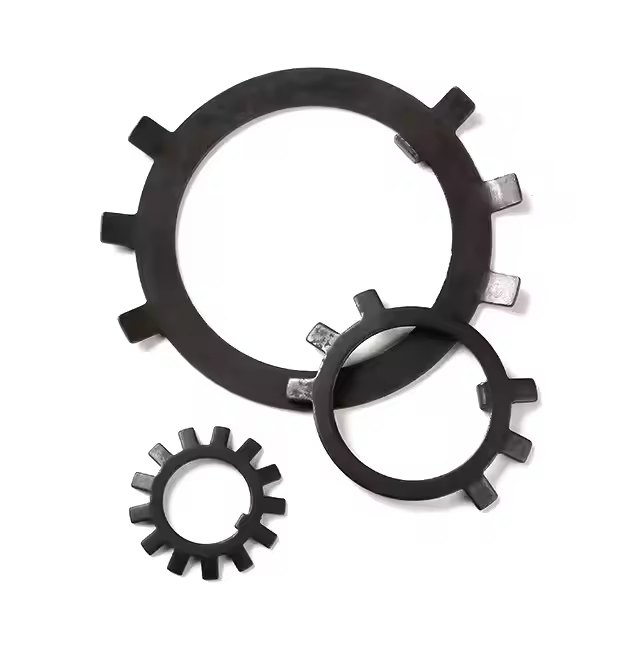
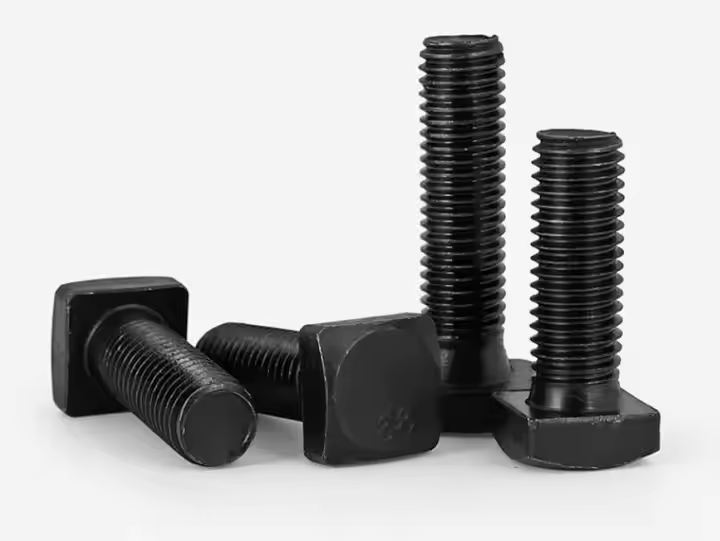
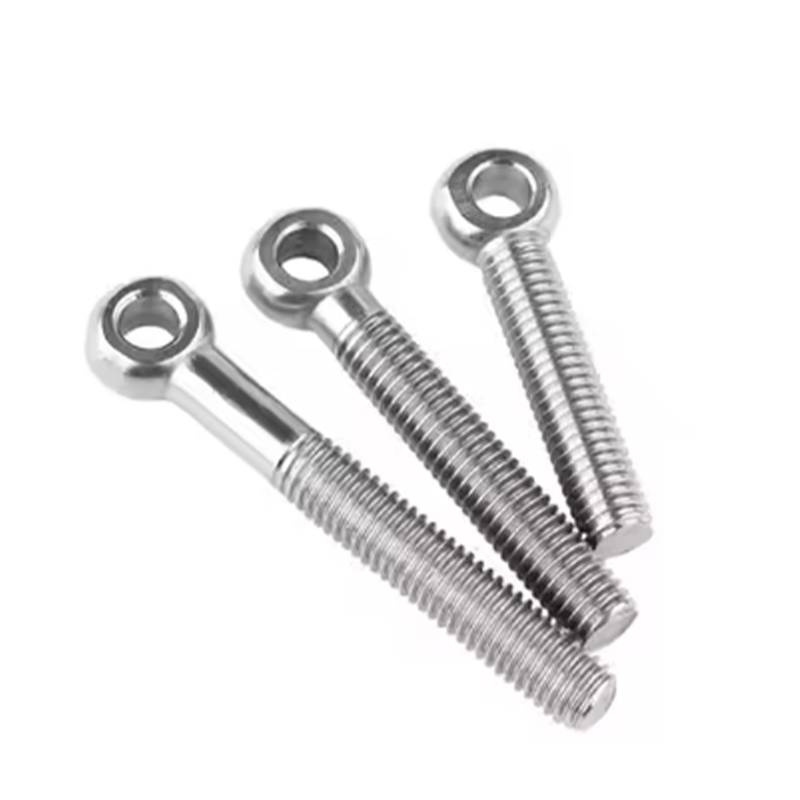
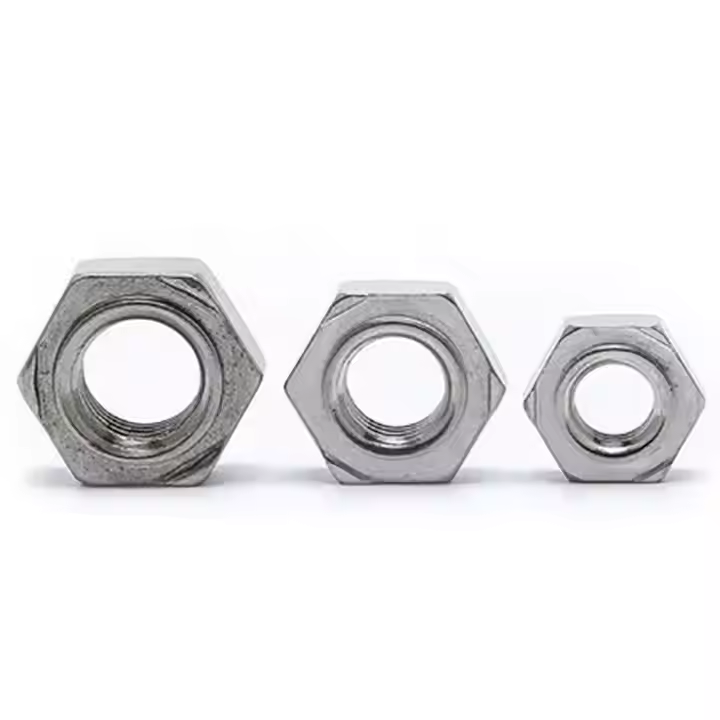

Please enter your email address and we will reply to your email.